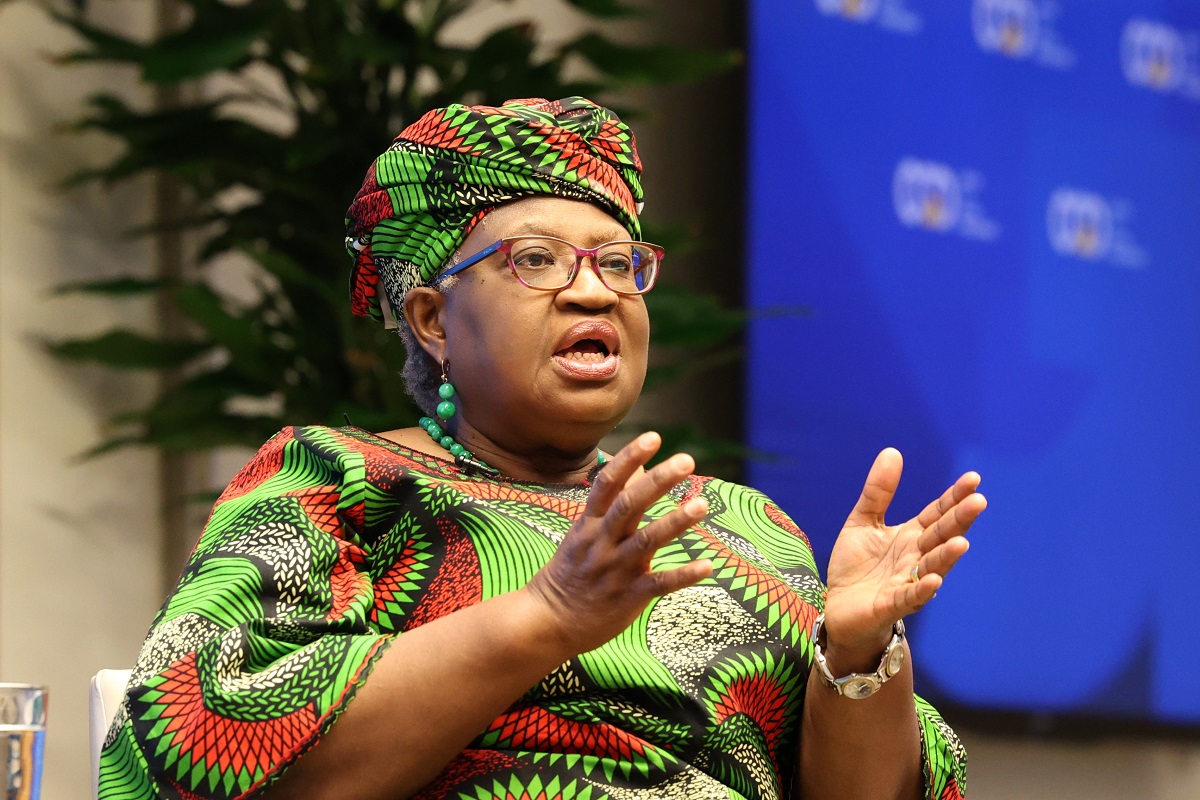For more on the world in 2050:
Imagine two different outcomes for the world economy in 2050.
First, one where stagnation in rich countries suffering population decline is accompanied by struggling economic performance in the world’s poorest countries where populations continued to rise. The average global income is actually lower in 2050 than 2020 as a result. The proportion of the world living in low- and lower-middle-income countries remains at about one half, the same share as three decades prior. Many low-income countries remain, especially across the Sahel where climate change has had some of its earliest effects on the people least able to adapt to them. Still one in five of the population of sub-Saharan Africa lives on less than $2.15 a day, and the proportion of the world under $10 remains similar to its level thirty years before.
Compare a second scenario: Global GNI per capita has doubled since 2020, and Africa’s average income has climbed from $4,800 to $13,300. There are no low-income countries left worldwide, and 85 percent of the world is living in high-income or upper-middle-income countries. $2.15-a-day poverty has been effectively eliminated, and the proportion of the world in $10-a-day poverty has fallen from three fifths in 2020 to one fifth in 2050.
Based on what we know about economic growth and what we can predict about demographics, education, and the climate in 2050, analysis I carried out with my colleague Zack Gehan suggests these two visions of the global economy at mid-century are about equally likely to occur—with the actual outcome most likely to be somewhere in between.
That central forecast itself suggests weaker global growth than in the past, because the world economy is facing headwinds over the next few decades: the working-age population of OECD economies will fall by 92 million people between 2015–50 and countries including South Korea will have more dependents than working-age people by mid-century. We’re already seeing the resulting shortages in fields from agriculture through care services. And old people in rich countries consume services at even higher rates than the average. That’s a problem for them given productivity growth in services is usually considerably below that in industry, but it’s also a problem for poorer countries that hoped to use manufactured exports as a path to rapid growth. Education rates are plateauing in the richest countries, suggesting slower human capital accumulation and technology development. And while peak fossil fuel use appears locked in as an outcome, climate change will continue, and especially in the world’s poorest countries that will be a drag on growth.
But how much we deviate from that central forecast—toward a world free of low-income countries and $2.15-a-day poverty, or a world where incomes are all too close to stagnating—isn’t simply a matter of luck: it is about the policy choices world leaders take over the next quarter century.
Richer aging countries need educated young workers to provide the services and entrepreneurial talent to sustain their quality of life. A growing population of young, increasingly educated people in poorer countries, and especially in Africa, need good jobs and greater opportunities. More trade in services and the greater movement of people can match those needs. Migration can also help provide the workforce to construct and operate the infrastructure of the green economy in richer countries, while global cooperation on innovation can rapidly develop low-cost zero-carbon production not just for energy, but also cement, steel, and aluminum. That’s all part of a suite of advances that could make net zero approaches cheaper than emitting alternatives. A wealthier world could also easily afford to support those in the poorest countries that are least responsible for climate change but at the bleeding edge of its impact.
On the other hand, we could take choices pushing the world toward the path of stagnation on a hotter world: raising barriers to the movement goods and people, stalling technological advance through subsidy and tariff wars, abandoning low-income countries to their fate.
At the moment it may seem hard to be optimistic, but it isn’t too late to set course for a much more prosperous and sustainable world at mid-century.
CGD blog posts reflect the views of the authors, drawing on prior research and experience in their areas of expertise.
CGD is a nonpartisan, independent organization and does not take institutional positions.







